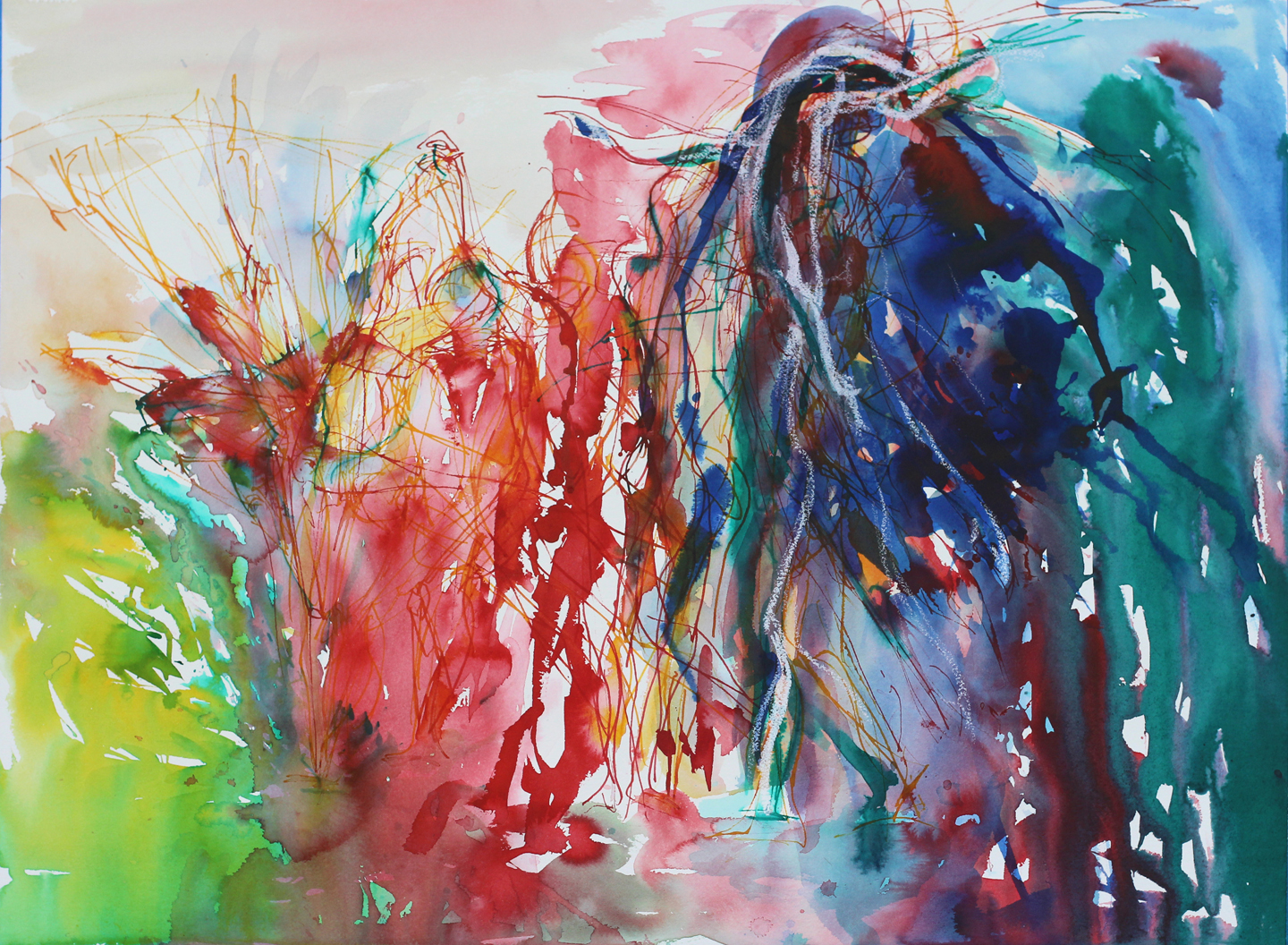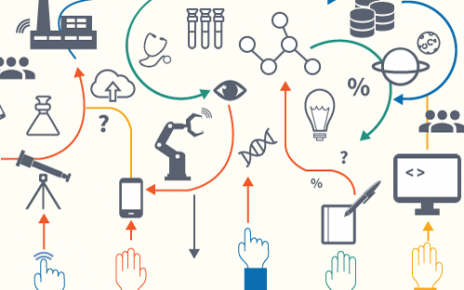Livestream from CCRMA recorded by Dave Kerr. Video shows the Transformations concert at the Music and the Brain Symposium organized by Jonathan Berger, Noah Fram, Blair Kaneshiro, Zhengshan Shi, and Nette Worthey at Stanford University’s Center for Computer Research in Music and Acoustics (CCRMA). To hear specific pieces, click on links given below. Program notes for new pieces are reproduced beneath the program.
8PM, May 11, 2018
Music and the Brain Symposium
CCRMA (the Knoll) | 660 Lomita Drive, Stanford, CA
Transformations
Elaine Chew — Piano
| Sonata in E-flat, Hob XVI:45, Finale | Franz Josef Haydn |
| Stolen Rhythm (2009) | Cheryl Frances-Hoad/Franz Josef Haydn |
| Practicing Haydn (2013) | Elaine Chew, Peter Child, Lina Viste Grønli |
| Intermezzo — for Pedja (2015) | Jonathan Berger |
| Three morphed pieces from J.S. Bach‘s “A Little Notebook for Anna Magdalena” (2016)Minuet in G – March in D – Bist du bei mir | Dorien Herremans, Elaine Chew US première |
| Three morphed pieces from Kabalevsky‘s “30 and 24 Pieces for Children” (2016)Clowns – Toccatina – Etude No. 3 in A minor | Dorien Herremans, Elaine Chew US première |
| Arrythmia Suite (2017-2018)*I. 161122 VT before during after ECG(after Holst’s Mars from The Planets)II. 161102 VT4 before after UNI(after Chopin’s Ballade No. 2) | Elaine Chew, Ashwin Krishna, Daniel Soberanes, Matthew Ybarra, Michele Orini, Pier Lambiase World première |
| Ballade No. 2 in F major | Frédéric Chopin |
Program Notes
Transformations features music created from and inspired by rhythms and tonal patterns of existing material.
Stolen Rhythm (2009) by Cheryl Frances-Hoad / Franz Joseph Haydn
This Haydn-inspired piece was commissioned by pianist Matthew Schellhorn as part of his Homage to Haydn on the 200th anniversary of the composer’s death. The piece is based on the third movement (Finale) of Haydn’s Sonata in Eb, Hob XVI:45, chosen for its “boundless energy and wit”. Except for the occasional note shifted by an eighth or sixteenth and the odd 11/16 bar, in which the composer had removed one sixteenth note from the 3/4 bar, the rhythmic content follows exactly that of Haydn’s sonata movement. The harmonic and melodic content derives from various transmutations of the notes B-A-D-D-G, a translation of H-A-Y-D-N (where B=H as in German, and with D and G replacing otherwise unplayable letters). The composition was selected as best piece in the Solo/Duo Instrumental category at the BASCA British Composer Awards 2010.
Practicing Haydn (Piano Sonata in Eb, Hob XVI:45 Finale) (2013) by Elaine Chew, Peter Child, Lina Viste Grønli
Based on Haydn’s Piano Sonata in Eb, Hob XVI:45 Finale, this is a collaborative work between artist Lina Viste Grønli, composer Peter Child, and pianist Elaine Chew. Based upon an idea developed by Grønli and Child, this composition for solo piano is a transcription of Chew practicing the last movement of Haydn’s sonata for the first time. The practice session has been meticulously transcribed by Child, leaving the repetitions, errors, halts and interruptions, to create a new performable score that refracts Haydn’s original music. Practicing Haydn was created for Lina Viste Grønli’s first major solo art show at the Kunsthall Stavanger to coincide with the venue’s grand opening.
Intermezzo – for Pedja (2015) by Jonathan Berger
Intermezzo was written for Pedja Muzijevic’s Haydn Dialogues, a concert based on four Haydn sonatas interspersed with contemporary compositions, at the Banff Centre in February 2016. The composer writes, “The day I started writing Intermezzo I overheard an exuberant toddler trying to tell her mother a story. In her excitement she kept getting lost in describing details and losing the point of the story. I was struck by the precious hesitations in her speech and the charming backslides in her narrative, both of which inspired the quirky sharp turns, and unexpected sudden shifts of gear in the music. Intermezzo comprises a set of seven vignettes (to be precise, actually six and a half given the unresolved conclusion). Though sequentially disjointed, these segments intentionally violate local expectations while tenuously attempting to maintain a narrative. Intermezzo is dedicated with deepest affection to Pedja Muzijevic.”
Three morphed pieces from J.S. Bach’s “A Little Notebook for Anna Magdalena” and three morphed pieces from Kabelevsky’s “30 and 24 Pieces for Children” (2016) by Dorien Herremans and Elaine Chew
(US première)
These “morphed” pieces of Bach and Kabalevsky were generated by MorpheuS, an optimization-based system that uses recurrent patterns and tension profiles from template pieces as constraints in the music generation process. Each piece is presented here as it was created by the system. MorpheuS takes as input an original piece of music, and then performs pattern detection, and computes a tonal tension profile. It then uses a variable neighborhood search metaheuristic to iteratively replace the pitches of the original piece with random ones, while preserving repetition patterns, until they approximately fit the tension profile of the original piece. MorpheuS was Dorien Herreman’s H2020 Marie Skłodowska-Curie Individual Fellowship project at the Centre for Digital Music at Queen Mary University of London.
Arrhythmia Suite (2017-2018) by Elaine Chew, Ashwin Krishna, Daniel Soberanes, Matthew Ybarra, Michele Orini, Pier Lambiase
I. 161122 VT before during after ECG (after Holst’s Mars from The Planets)
II. 161102 VT4 before after UNI (after Chopin’s Ballade No. 2)
(World première)
The idea for the pieces originated from Chew’s earlier experiments to notate abnormal heart rhythms and to set them to music that mirrored the rhythms to highlight the parallels between music and abnormal heart rhythms. The rhythms for these pieces are transcribed from electrocardiographic recordings of ventricular tachycardia (VT) episodes, including segments before and after the VT episode. In the recording labeled 161122, VT is induced with short bursts of fast pacing and stopped with anti-tachycardia pacing. The rhythms generated are reminiscent of Holst’s Mars from The Planets, hence the piece is composed from fragments of Holst’s piece. In the recording marked 161102, VT starts and stops without electrical stimulation; irregularities in the pulse originate from the heart’s own electrical activity. The sporadic premature beats in this recording formed a lilting pulse similar to that in Chopin’s Ballade No. 2; thus, this piece was created from a collage of parts of Chopin’s piece. The ECG sequences were excerpted by Orini from recordings of Lambiase’s electrophysiology procedures at the Barts Heart Centre. Soberanes extracted the relevant waveform features; the rhythms of 161122 were transcribed by Krishna and that of 161102 by Ybarra, and Chew made the collages as part of a summer fellowship at the Radcliffe Institute for Advanced Study.




